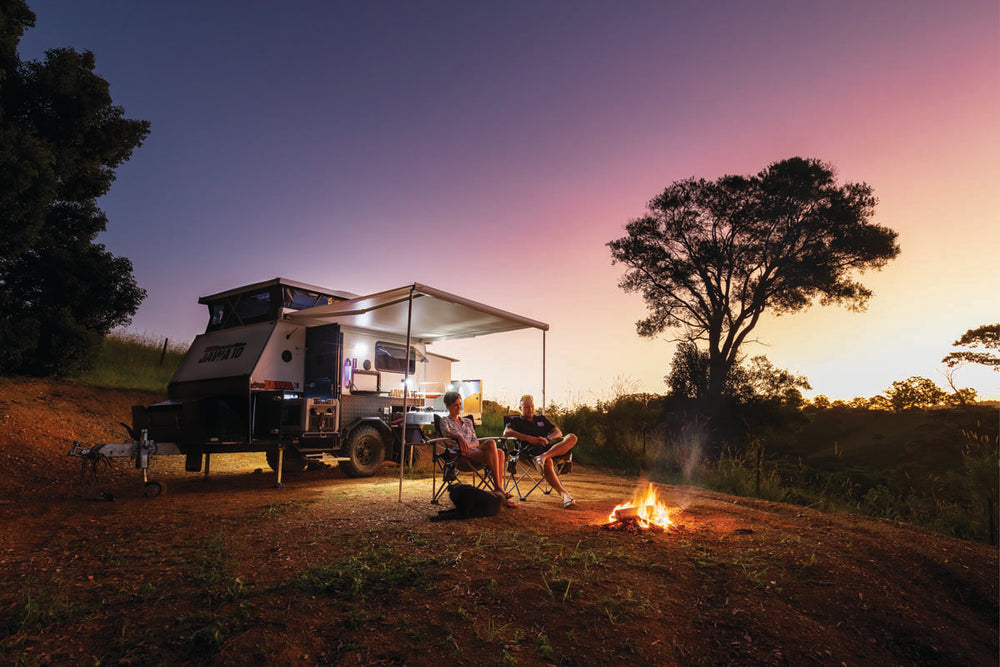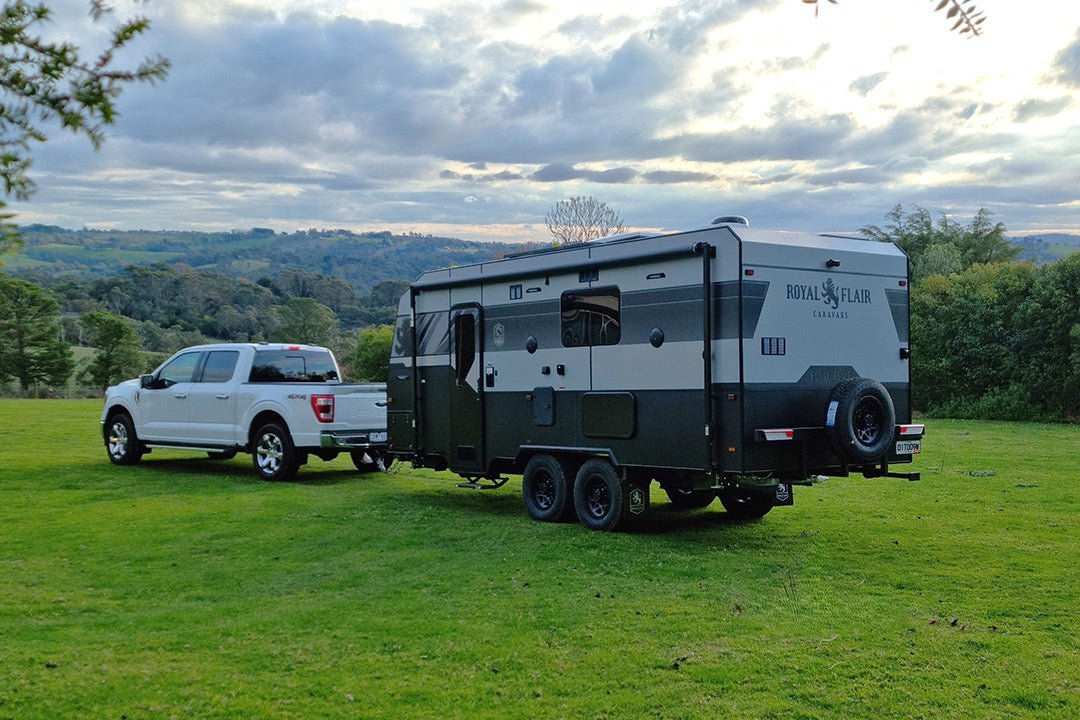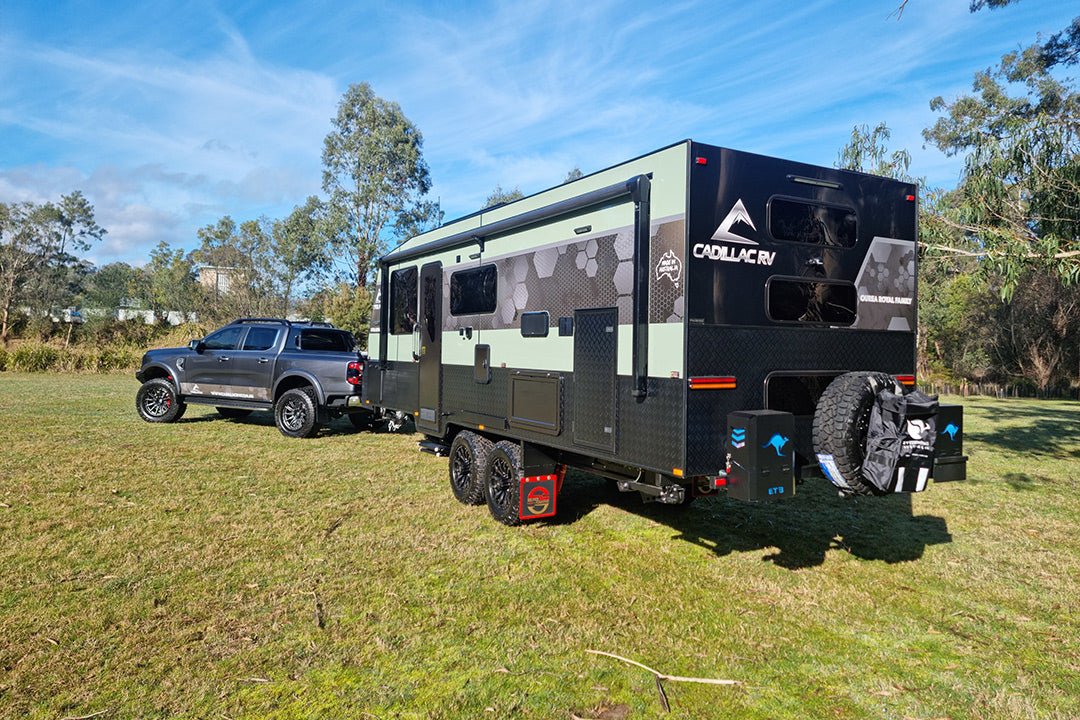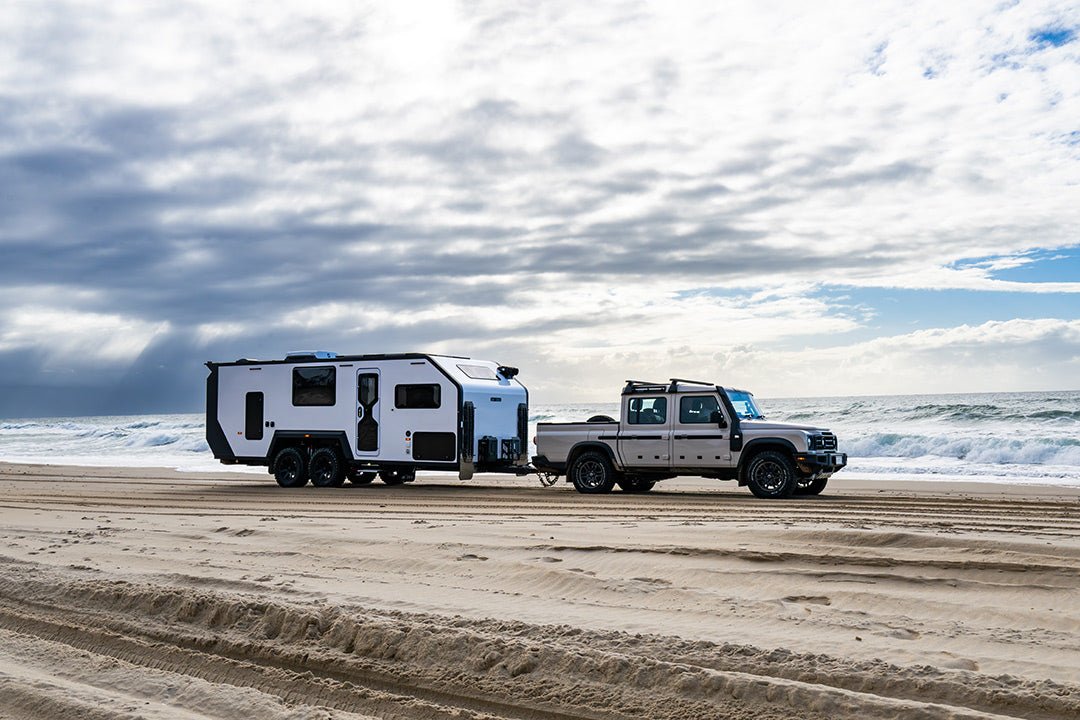Recovery gear mega-test
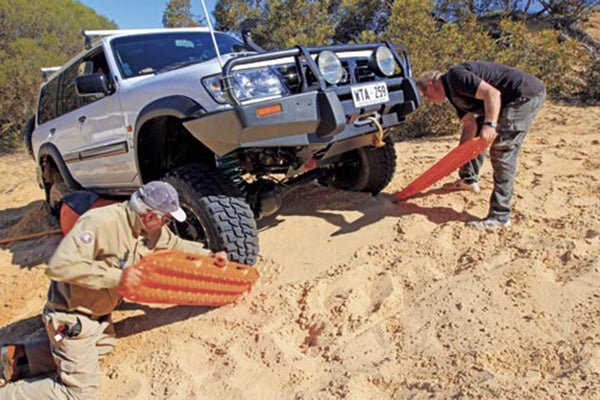
Sooner or later, you will find yourself in a situation involving a recovery. Whether you are recovering yourself or a third party, you need to choose the artillery best suited to the job. Sadly, each year, people are injured during recoveries, some fatally. Rhett Walker, owner of the Lorella Springs Wilderness Park on the Savannah Way, NT, lost most of the sight in his left eye in 2011 when a snatch strap and chain catapulted through the rear window of his Toyota HiLux, shattering his skull. Luckily he survived. One Joshua Stein wasn’t so fortunate. He died as a result of a traumatic head injury sustained from the use of a towball as a recovery point. The towing assembly was rusted and the force of the recovery caused the towball to let go, striking Mr Stein in the head. He died at the scene of the accident.
With safety paramount in our minds, we joined forces with the Driver Training Unit of the Mount Lofty Rangers 4WD Club, SA, for the purpose of conducting our recovery gear mega-test. Club trainers demonstrated the correct use of each item.
Before we jump head-first into the testing, we’ll cover off some recovery preliminaries.
ASSESSING THE SITUATION
Recoveries require a careful analysis of the surrounding environment to identify any compounding risks. Before our testing started, we were playing around on some steep and tightly pitched dunes with surrounding mallee vegetation. On one run, we climbed a tall dune that dropped sharply over the other side. From the driver’s seat this required a delicate approach as there were a few seconds of limited visibility when cresting the dune before dropping off the other side.
One of the vehicles in our convoy crested the dune to find itself teetering on the edge of the track, wedged against a mallee gum. The simplest solution was to remove the tree, although there was a risk of the vehicle slipping away further.
A recovery vehicle was soon positioned behind the vehicle, securing it with synthetic winch rope to prevent it slipping further off the track while the offending tree was trimmed. People were not used to counterbalance the vehicle during the recovery operation. Instead, the stricken vehicle engaged 2WD for a reverse recovery assisted by the second vehicle. The purpose of using 2WD on the encumbered vehicle was to pull it back onto the centre of the track.
TYRE PRESSURES
While 40-plus psi works well on the blacktop with a caravan or camper trailer in tow, it isn’t as productive in the dirt. Corrugations make the ride harsh, overworking the suspension and transmitting shock back through the chassis, while sharp rocks can puncture the tyre carcass. Reducing tyre pressures puts more rubber on the ground, moulding around sharp obstacles and reducing the work of the suspension in rough terrain.
We asked Jeff Newick, technical sales manager of Cooper Tires, about tyre pressures for offroad use. “Tyre pressures are a critical element for trouble-free outback travel,” he said. “While pressures will differ between vehicles and the load carried, generally reducing tyre pressures for offroad work will provide a safer and more comfortable ride.”
WINCH MEDIUM?
Winches are available with cable or synthetic rope as the medium used to recover a vehicle. Historically, cable was used for its strength and wear characteristics but, in recent years, synthetic rope has gained greater popularity. While cable is strong, it is also heavy (25kg) and can recoil like a snatch strap under load if a recovery point or shackle fails. Synthetic rope is much lighter and without the recoil, making it a much safer option. But it comes at a higher cost.
RECOVERY GEAR
The following recovery gear was tested and rated for ease of use and effectiveness...
Snatch strap
A snatch strap is probably the most cost-effective recovery tool and should be considered mandatory for any 4WD vehicle, along with a couple of rated bow shackles. A snatch strap is like a commercial grade elastic band, which stores kinetic energy that is then used to pull another vehicle out of a predicament. The snatch strap is connected to rated recovery hooks on each vehicle. In simple terms, when the recovering vehicle pulls the strap tight, the strap stretches then recoils to extract the bogged vehicle from the mire.
Larger recovery kits are available with a broader selection of recovery items, including an 8000kg snatch strap, 4500kg winch extension strap, 12,000kg tree protector, 2x4.7t bow shackles, gloves, snatch block and a drag chain.
The kinetic energy stored in straps makes them potentially dangerous, which is why they must only be used with rated shackles and recovery hooks. As stated earlier, a towball is not a rated recovery item and should never be used for recovery purposes.
Hand winch
You need only mention the words ‘hand winch’ in many circles to be greeted with groans of horror. Rightly so, as hand winching is laboriously hard work and slow going, and that’s before you consider the additional bulk to store in your vehicle. Their real strength, however, is recovering a vehicle from any angle. Similar to an electric winch, a hand winch has 20m of 16mm cable at a total weight of 25kg. The cable is threaded through the winch, which is secured to another vehicle or fixed object. Once the winching mechanism is locked into place, a long handle is pushed back and forth to extract the vehicle.
The T-Max 3200kg hand winch, as tested, was used initially as a single-line pull up a sand dune to recover a large 4WD bogged to the rear axle. Using another large 4WD as an anchor, it was almost impossible to budge the hand winch lever at all. Adding a snatch block and drag chain, the cable was extended to the anchoring vehicle using a double-line pull, halving the effort required to pump the lever.
Hi-lift jack
As the name suggests, a hi-lift jack is able to raise an object significantly higher than a standard jack. As a vehicle recovery tool it can be used to raise a wheel or used as a manual winch, albeit with a lot of effort. One of the more energy-efficient uses is with a wheel harness attached to the jack. In this way, you gain a much more immediate lift than jacking off the body, which will require extending the suspension before generating any wheel lift.
A hi-lift jack can become more unstable the higher it goes and ideally should be used with a custom jacking plate suited to the hi-lift base. Otherwise a solid, flat jacking base will suffice.
Injuries are not uncommon, particularly when jacking the object down to ground level. Inadvertently releasing the jacking arm before it is locked will see it catapulting upwards at record velocities, claiming anything in its path, be it a nose, tooth or jaw. It does happen!
Make sure you purchase the original hi-lift jack available from ARB. Be aware of cheap Chinese copies.
Exhaust jack
An exhaust jack can be used to raise a wheel of a trailer or vehicle for recovery purposes. Like a hi-lift jack, it can be unstable, making it unsuitable for use when changing a tyre or any other requirement that involves crawling under the object being lifted.
The Bushranger X-Jack as tested is constructed of reinforced PVC, with a triple layer top, side-curtains and a hard core insert for added protection and stability. Triangular feet with anti-skid metal spikes on the base provide excellent grip. It is rated to 2000kg, which is ideal for a vehicle or trailer with a GVM/ATM of up to 4000kg. It is not designed to lift a whole axle but one side or the other. It will raise a vehicle up to 750mm.
The X-Jack is also fitted with a tyre valve that inflates the jack at a more leisurely pace than the exhaust. Whichever option chosen, it is important to be jacking from a flat base. Even then, the jack can rise awkwardly, so it best to be a few feet away when the inflation is underway.
It is reported that exhaust jacks should not be used on turbodiesel vehicles as the engines do not like the back pressure. You can always use assistance from a vehicle that is naturally aspirated, or use the air compressor attachment.
Electric winch
The price of electric winches has reduced in recent years with the addition of new market entrants. These days, a quality Ironman 4X4 winch can be had for as little as $750 for a 9500lb unit, which is only a few hundred dollars more expensive than a quality hand winch. While a hand winch is more versatile, they lack the integration and take more time and effort to unpack, set-up, use and store in the vehicle.
The quickest way of using an electric winch is to manually unspool the cable/rope and connect it to a rated recovery hook on the stranded vehicle. With a winch damper blanket in place, lock the winch into gear and begin retrieving the cable using the electric motor. Electric winches use a lot of current, so it pays to keep the engine running during and directly after winching recoveries.
Many new winches are available with a wireless remote control with a range of around 30m, which means one less thing to connect and route to the driver’s window. Gloves should always be used when handling a winch cable. It only takes one strand of cable to cause a nasty injury.
Maxtrax
In our experience, Maxtrax are one of the best self-sufficient recovery tools. They have proven their worth world-wide, and are used by military and other groups in climatic extremes, from snow to the desert, as well as in mud and on rocky surfaces.
If you are not familiar with Maxtrax, think of them as bright orange raised traction planks with ramps on each end. Each plank has three longitudinal beams for maximum strength and 88 teeth for gripping all-terrain tyres.
The product has evolved over the years with improved fixing measures – the keyhole system has accommodated a better means of linking, pegging or mounting Maxtrax, and the rear-wheel harness keeps them within easy reach, leaving dirt and mud to fall directly to the ground.
In use, it works better if you can dig enough sand out to push the Maxtrax directly under the tyre – you can use the back of the Maxtrax to spade the sand away if needed. That way, the tyres can latch onto the Maxtrax lugs immediately, resulting in a quicker extraction. Avoid the temptation to give it plenty of revs, which will only result in wheel spin, forcing the Maxtrax further underground and risking tearing off the lugs and shredding rubber in the process. Don’t forget to attach the leashes if recovering from sand. It makes them much easier to find if they are buried.
Maxtrax are now available in a range of colours, including pink – go girls!
WAIT, THERE’S MORE
There are some other mandatory recovery items you should always carry. These include a long-handled shovel, a bushsaw or chainsaw, and a winch damper blanket.
The spade can be used to rebuild the track or move sand; the bushsaw or chainsaw can be used to move fallen timber; and the damper blanket is used to absorb the kinetic energy of a cable in the case of a recovery point or cable failure. In sand recoveries, the inside pocket of the damper can be filled with sand for additional weight.
Rated shackles used should be backed off one quarter turn prior to the recovery to aid in their removal, otherwise they tend to bind. Always use rated recovery hooks.
The full feature appeared in Caravan World #521. Subscribe today for the latest caravan reviews and news every month!




